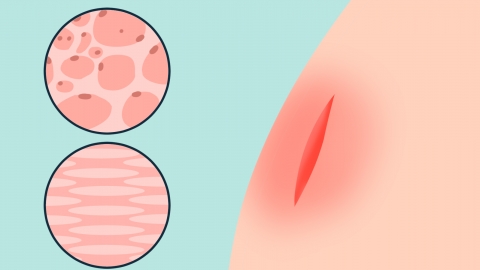Is it good to expose a wound to air?
Exposing a wound to air is not absolutely beneficial or harmful—it depends on the wound's depth, level of contamination, and stage of healing. Superficial, clean, and dry wounds can be left exposed for short periods, but deeper or contaminated wounds should not be exposed. If a wound shows signs of redness, swelling, discharge, pus, or pain, seek medical attention from a surgeon promptly.

Superficial, clean wounds that have stopped bleeding and are dry may benefit from short-term exposure to clean air, which helps keep the wound dry, reduces irritation from dressing friction on newly formed tissue, and allows oxygen exposure that can support tissue repair to some extent. However, care must be taken to avoid contact with dust, dirty water, or other contaminants.
Deeper wounds, those with exudate, or contaminated wounds are at increased risk of bacterial infection when exposed to air. Additionally, excessive moisture loss may impair granulation tissue formation and delay healing. These types of wounds should be covered with sterile dressings to maintain a moist, clean environment conducive to healing.
In daily care, decide whether to cover the wound based on its condition. Clean the wound gently with normal saline, avoiding vigorous rubbing. Maintain a diet rich in protein and vitamins, avoid spicy or irritating foods, and follow a regular sleep schedule to boost immunity and support wound healing.




